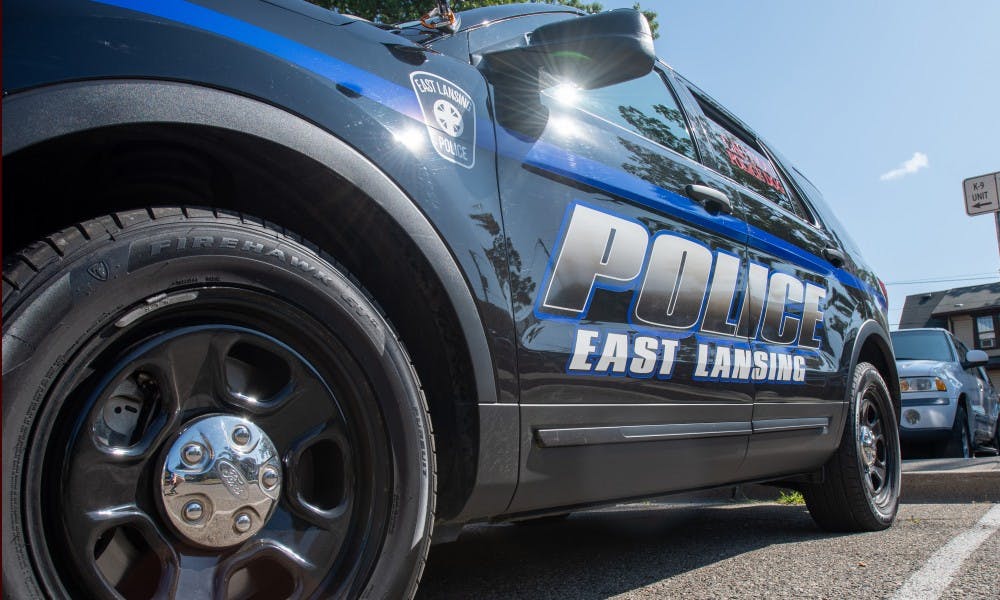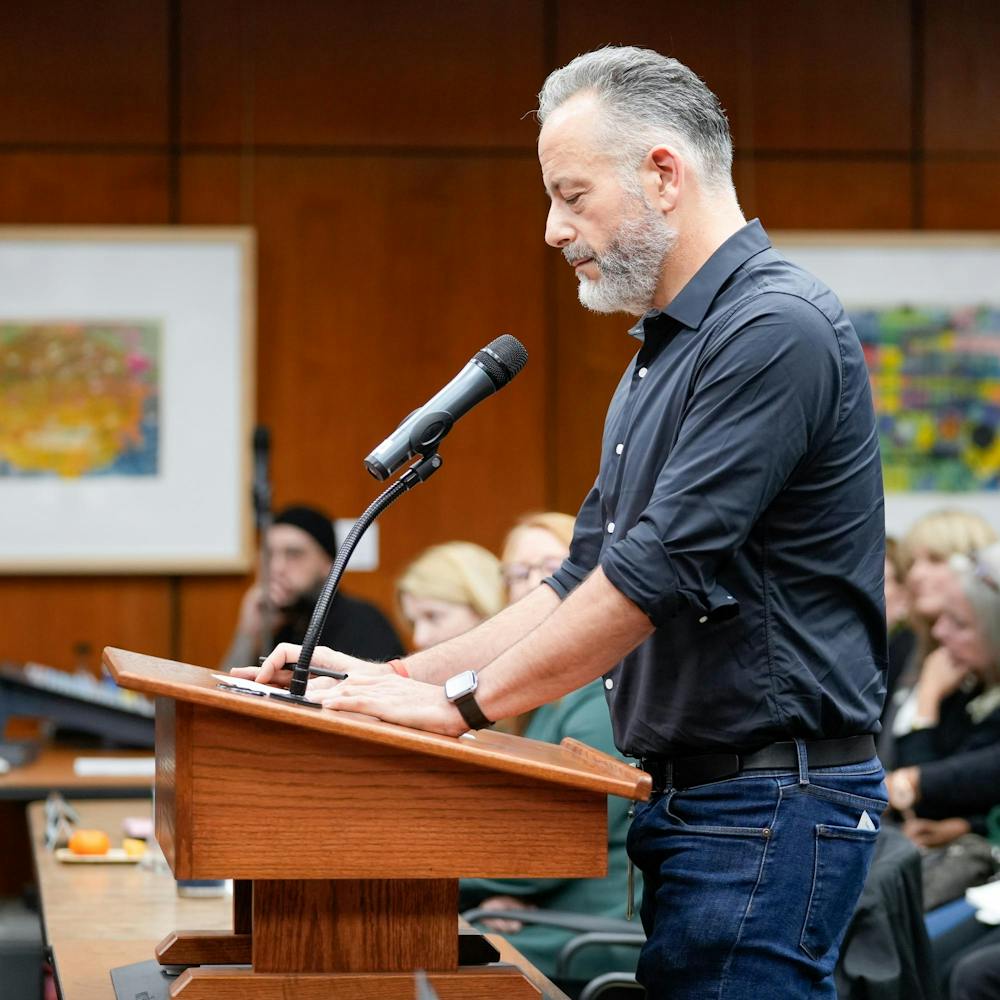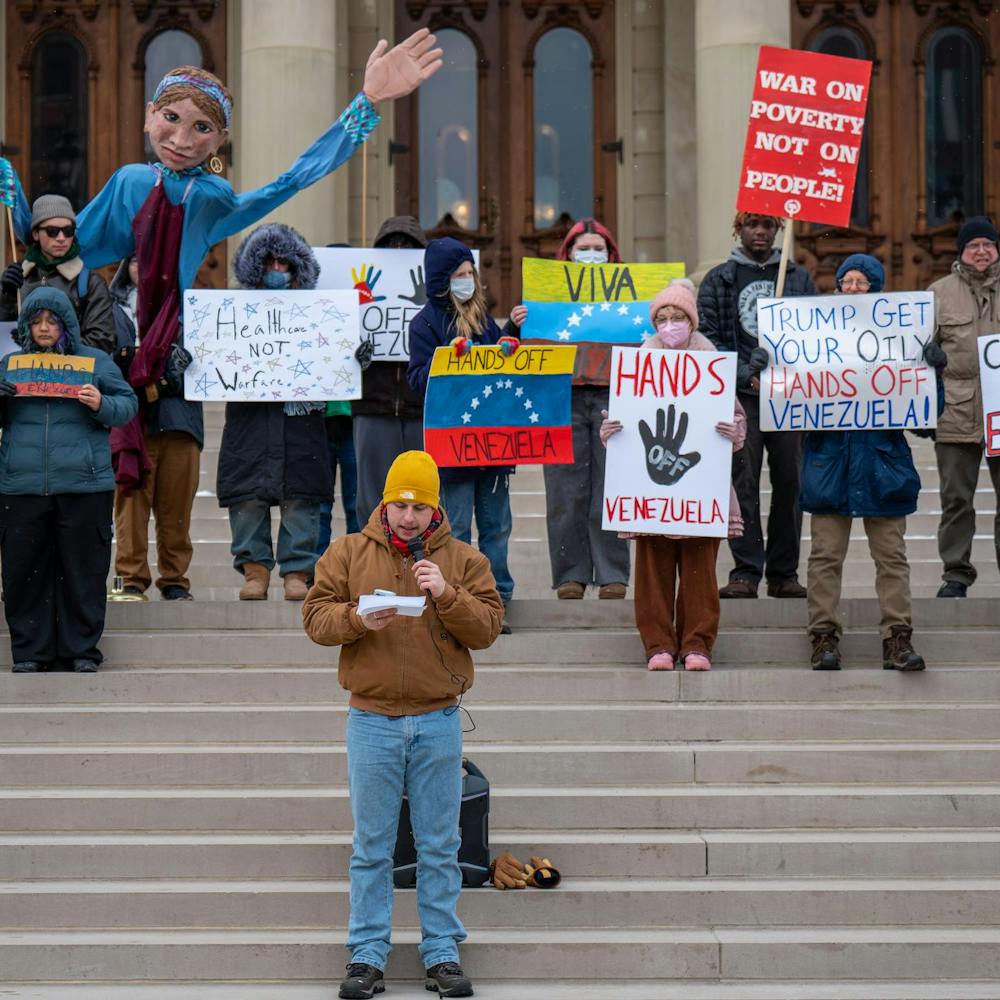As protests continue to fuel the country's grievances, it's important to take a closer look into what the public's chants of "defund the police" really mean and the posterboard of new generational ideas they have to back it up.
Defunding the police is not the same as police reform.
Police reform broadly entails a type of discussion or examination of things that need to change within police departments. It's a part of the professionalization process, and we've been going through it forever.
When it comes to defunding the police, it's a spectrum that lies under the umbrella term of reform.
According to Scott Wolfe, an associate professor of criminal justice at Michigan State University, the most general definition is a certain degree of pulling back, cutting or relocating the budgets within police departments.
The more radical interpretation seen on social media involves completely dismantling the system and putting a social services based approach in its place.
At first glance, it can seem as if this is merely a reaction to the death of George Floyd. Except, according to a Forbes article, the origins actually run deeper. Left-leaning activists and academics have been arguing for decades that the U.S. government puts too much into law enforcement and not enough into the rest of society.
Some proponents even argue that the U.S. government relies too heavily on law enforcement. According to an Instagram post by the American Civil Liberties Union, statistics show that 1.7 million students don't have school counselors, 3 million students don't have school nurses, 6 million students don't have school psychologists and 10 million students don't have school social workers, but all of these students have school cops.
Gabriel Zucman, an associate professor of economics at the University of California-Berkeley, uploaded a graph to Twitter, drawing out U.S. government spending over the last five decades — law and order funding receives double the amount of cash welfare funding receives.
"Indeed, we need forms of police reform in the U.S.," Wolfe said. "The question is, how will we go about it."
Where does the work need to be done?
Wolfe recognized the immediate need for action on things such as racial disparity and excessive force. However, Wolfe said we have to remain measured when going about it.
Indiscriminate and hasty defunding would be a disaster and a danger for our communities. In the immediate aftermath, especially if the local governments are not careful while making their choices, we could see department budgets drastically reduce, which will ultimately translate into fewer officers on the streets and an uptick in violent and property crimes, Wolfe said.
Wolfe also said we need to have transparent conversations about how departments' budgets are currently being dispersed and whether or not it is appropriate based on what evidence shows before we divulge on if funds need to be restricted.
Campaign Zero has begun calling upon lawmakers at all levels to adopt these 10 policy solutions driven by data and human rights principles that would end police violence in America:
-
End broken windows policing — a decades-long focus on policing minor crimes and harmless activities (e.g. sleeping in parks, possessing drugs, looking suspicious or having a mental health crisis) that has led to the criminalization and over-policing of communities of color. This would end profiling and establish alternative approaches based on the situations at hand.
-
Community oversight — police usually investigate and decide the consequences of their fellow officers' actions. This would remove these barriers and police would be required to identify themselves to all civilians they stop in case something were to occur.
-
Limit use of force — police should have the skills and cultural competence to protect and serve all of our communities without killing people, as they do in other developed countries. This would establish new standards for how police are to deal with civilians in everyday encounters.
-
Independently investigate and prosecute — local prosecutors rely on police departments to gather all evidence and testimony in order to prosecute criminals, making it hard to do the same in cases of police violence. This would make it so police officers cannot be protected by their own in court.
-
Community representation — white men make up less than one-third of the U.S. population, while simultaneously comprising two-thirds of U.S. police officers. This would make it so departments reflect and can be responsive to the differing cultural, racial and gender diverse communities they are supposed to serve.
-
Body cams/filming the police — video footage has illuminated cases of police brutality tremendously in recent years. This would require police to utilize their body and dashboard cameras and allow civilians to record the police without getting their devices unlawfully taken.
-
Training — current training requirements, according to Wolfe, have shown a recurring pattern of ineffectiveness when protecting and preserving life that don't boost our safety level at all and will eventually fizzle into a waste of taxpayers money. This would implement a regime that works across the board to provide a specific outcome for officers and departments that translates into good outcomes for the whole community.
-
End for-profit policing — police should be working to keep people safe, not contributing to a system that profits from its people. This would end police department quota for tickets and arrests, limit fines and fees for low-income people, prevent police from taking money or property from innocent people and require the departments to bear their own costs of misconduct.
-
Demilitarization — the police are often caught misusing military weaponry to intimidate, provoke and repress communities, as we have seen during recent protests. Michigan has received more than $52 million in equipment since the beginning of the program while the East Lansing Police Department has received more than $310,000 of that. This would end the federal government's 1033 program and limit police departments from obtaining and using these on our streets.
-
Implement fair police union contracts — police unions have used their influences to establish unfair protections for their officers in contracts through the government and in statewide Law Enforcement Officers' Bills of Rights. These create a superiority rift between police and civilians, making it difficult to punish those unfit to serve. This would again remove those barriers and make it easier to hold officers accountable.
"We can't make changes hastily based on a group of individuals calling for police reform, if we don't know that that represents the larger community's voice," Wolfe said. "When we move forward, it's a question of whether and to what extent individual police departments across the country do need change. It's not one size fits all for sure. The issue of whether we should defund is something that should be discussed, but it's not a foregone conclusion of whether that's the right conclusion to make or not."
"We need to proceed carefully when we have those discussions about how we're going to reform," he said. "Indiscriminately taking money away from the police or taking officers off the street without having a plan in place for what you're going to do with that money or how you're going to police with fewer officers (is not a good idea). If you don't, you're going to further marginalize the communities that have been disproportionately impacted by excessive use of force ... because crime and victimization will go up (there)."
Support student media!
Please consider donating to The State News and help fund the future of journalism.
Discussion
Share and discuss “What does 'defunding the police' really mean?” on social media.








